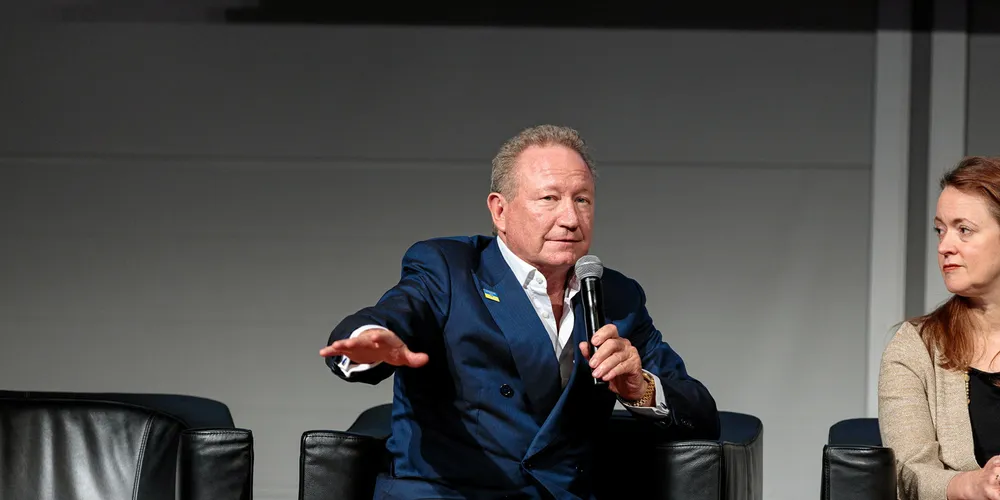Billionaire Forrest invests €130m in gas terminal in bid to export green hydrogen to Germany from 2026
FFI will become a shareholder in Tree Energy Solutions in a deal that includes joint development of 300,000 tonnes of renewable H2 within four years
